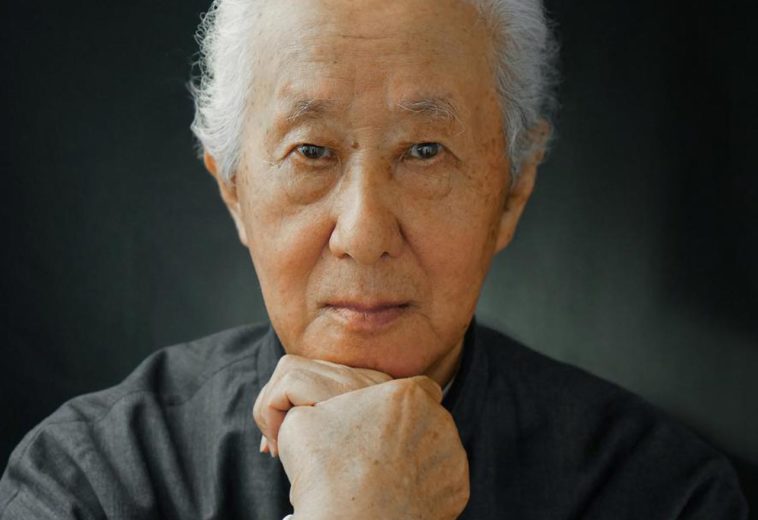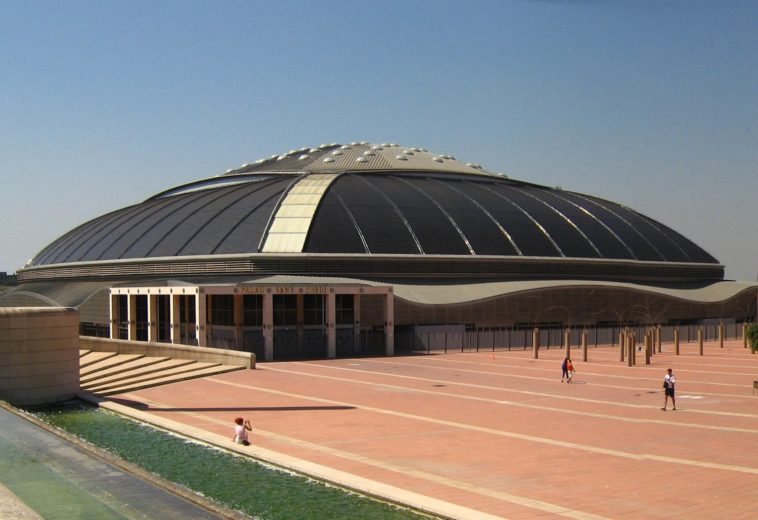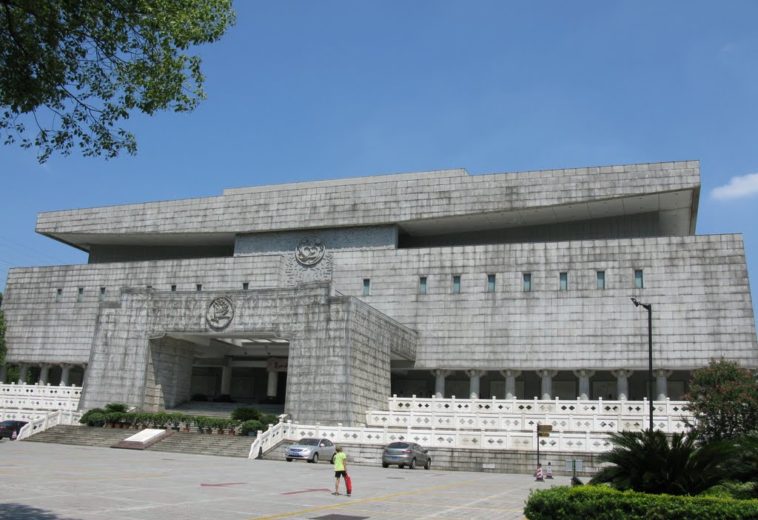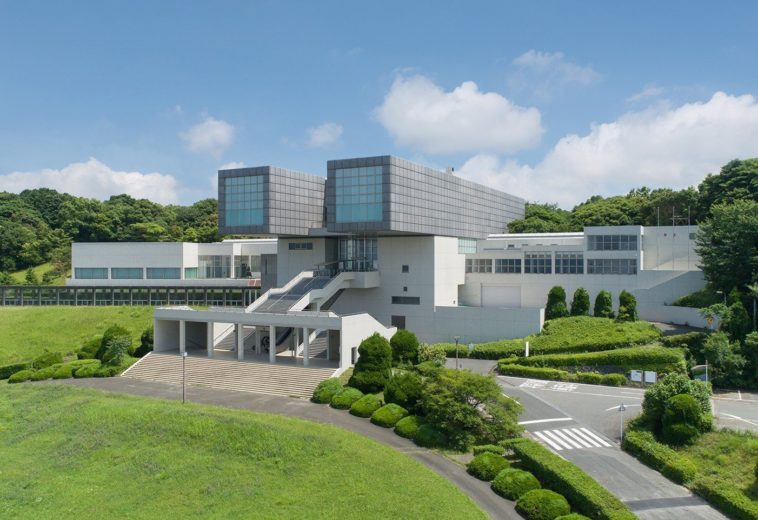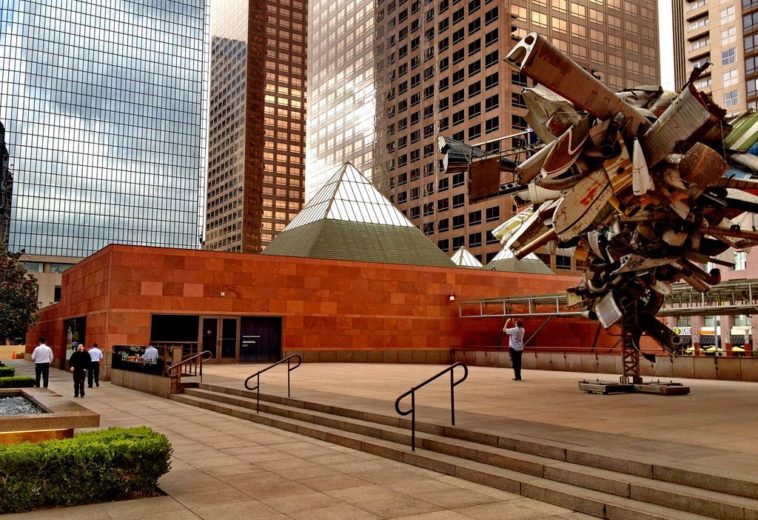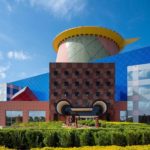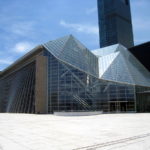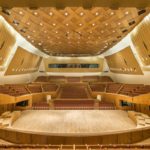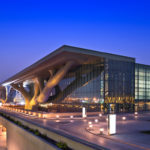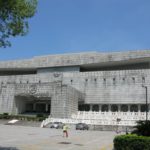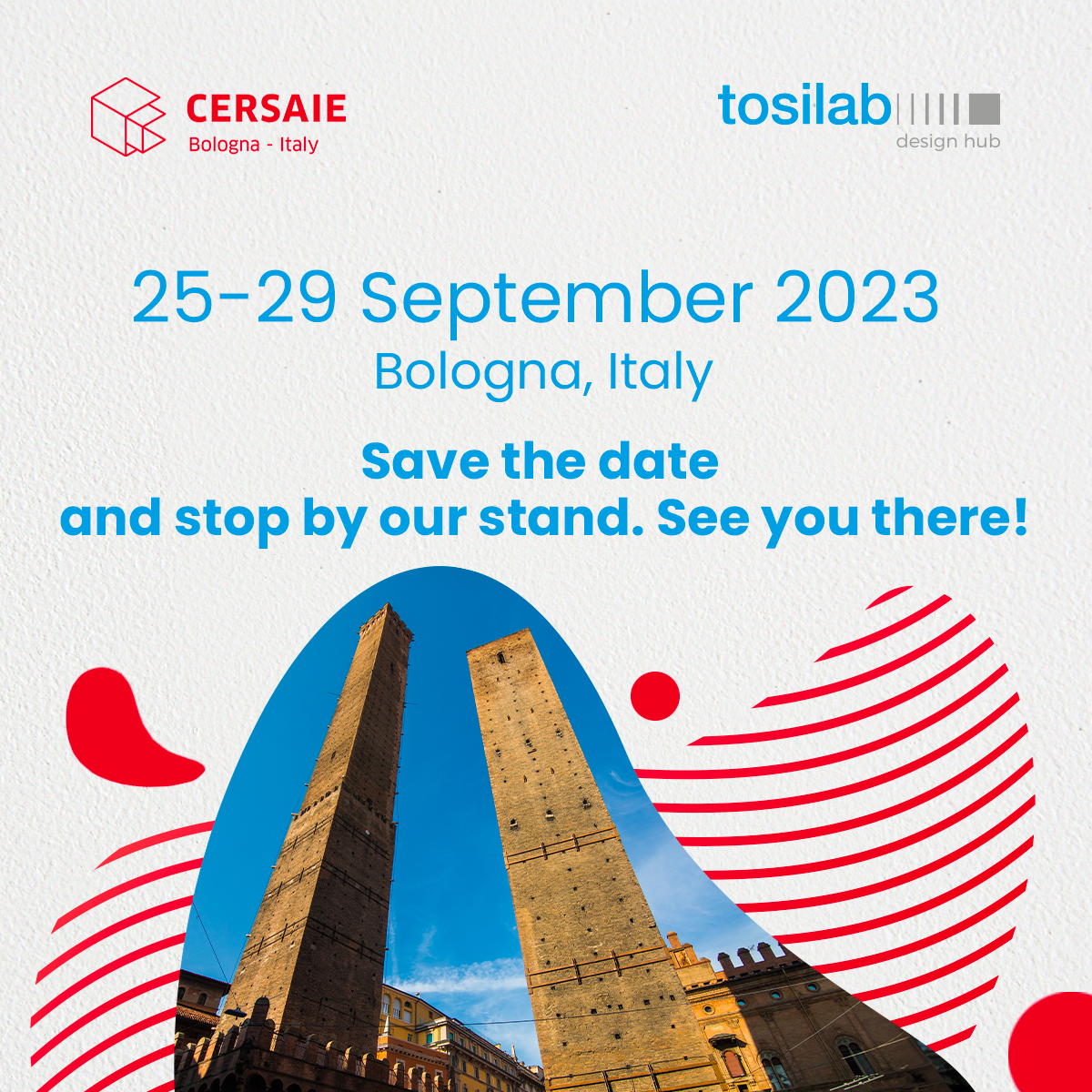Arata Isozaki is the Pritzker Prize 2019
Arata Isozaki wins the 2019 Pritzker Architecture Prize, which will ‘fly’ to Japan for the eighth time since its foundation 40 years ago. Born in 1931, Isozaki is originally from Ōita, in the north-east of the Japanese island of Kyushu.
Japanese architecture still winning
After awarding the prestigious Pritzker Prize, considered by many as the “Nobel Prize for architecture”, to the Indian architect Balkrishna Doshi in 2018, the international jury decided to honour Arata Isozaki. The award ceremony will be held in May, in the beautiful setting of the Palace of Versailles, in France.
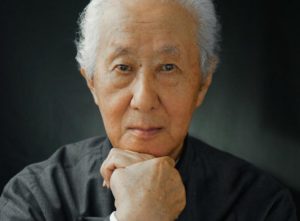
“One of the most influential figures in contemporary world architecture”: the jury citation
The eight-member 2019 Pritzker Prize jury – Stephen Breyer, André Aranha Corrêa do Lago, Richard Rogers, Kazuyo Sejima, Benedetta Tagliabue, Ratan N. Tata, Wang Shu and Martha Thorne – gave the following reasons for their choice for the award:
Lauded as a visionary amongst his international contemporaries, Isozaki’s forward-thinking approach, deep commitment to the “art of space,” and transnational methodology have been evidenced since the 1960s. The architect has been credited with facilitating dialogue between East and West, reinterpreting global influences within architecture, and supporting the development of younger generations in the field.
The Protzker Prize 2019 jury also recognizes the architect’s extensive knowledge of history and architecture:
Possessing a profound knowledge of architectural history and theory, and embracing the avant-garde, he never merely replicated the status quo, but his search for meaningful architecture was reflected in his buildings, which, to this day, defy stylistic categorizations, are constantly evolving, and are always fresh in their approach (…). Isozaki’s avant-garde approach is fluid, adjusting in response to the needs and influences of each environment through a concept of interrelated time and form called “ma”. Thoughtful connectivity between global universality and local identity is made apparent through his comprehensive cross-cultural and interdisciplinary solutions, which reflect deep sensitivity to specific contextual, environmental and societal needs.
Stephen Breyer, the Pritzker Prize Jury chair, concludes:
Isozaki is a pioneer in understanding that the need for architecture is both global and local—that those two forces are part of a single challenge. For many years, he has been trying to make certain that areas of the world that have long traditions in architecture are not limited to that tradition, but help spread those traditions while simultaneously learning from the rest of the world.
About Arata Isozaki
Arata Isozaki was born in Ōita, in the island of Kyushu, Japan, in 1931, shortly before the onset of World War II.
Recognized as one of the masters of Japanese architecture of the last decades of the 20th century, Arata Isozaki began his career in the 1950s as a student of Kenzo Tange (Japanese architect and urban planner, a major figure in twentieth-century architecture). He established his own architectural firm, Arata Isozaki & Associates, and a design style influenced by the negative events that characterized his childhood (he was 14 when Hiroshima and Nagasaki were bombed). Isozachi views buildings as transitory works, whose design must please the senses of those who live in them.
This underlies his personal theories concerning architectural form, which have given rise to works of refined geometry, at times through monolithic volumes, such as the Palahockey in Turin, at others through a complex combination of primary volumes, such as in the Kitakyushu City Museum of Art or the Civic Center in Tsukuba, but always with a monumental result. The cladding of the building, however, is an element through which he expresses his poetics, where constant modular repetition is designed to create continuous sculptural casings.
Since the 1980s, Arata Isozaki has embraced the postmodernist current, also collaborating with the Memphis group, an avant-garde movement led by Ettore Sottsass in Italy. Isozaki rediscovered archetypal lines and shapes and opened himself to the use of colour and graphic research, not only in his interior design projects but also in his experimentation with composition (the Museum of Contemporary Art, MOCA, in Los Angeles is an example).
Works by Arata Isozaki in Italy
Since the 1980s, the presence of architectural projects by Isozaki throughout the world has been growing in number. Mention must certainly be made of the works built between 1983 and 1990 for the Olympic Games in Barcelona, an occasion in which his large architectural constructions were boldly incorporated in the city’s new urban context.
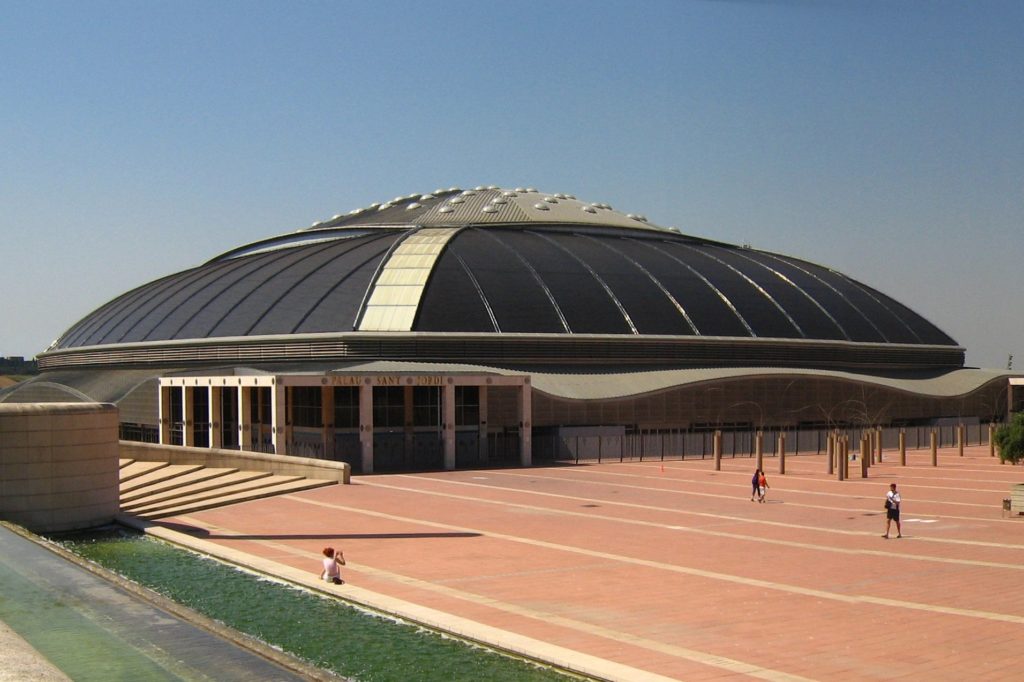
Palau Sant Jordi (Barcellona).
Other examples (see the photo gallery below) are the Team Disney Building in Florida (1987-1990), the Shenzhen Cultural Center (1998-2007), the Qatar National Convention Center in Doha (2004-2011), the Shanghai Symphony Hall (2008-2014), the Central Academy of Fine Arts and Art Museum in Beijing (2003-2008) and the Hunan Provincial Museum (2011-2017), also in China.
Two works by Arata Isozaki can be seen in Italy: the Pala Alpitour in Turin (2002-2005), completed for the Winter Olympics, and more recently, the Allianz Tower in Milan, part of the “Citylife” development. However, Isozaki has met with controversy on various occasions in Italy, particularly with regard to the restyling project for the Uffizi Gallery in Florence, designed with his Italian colleague Andrea Maffei, which still remains unbuilt.
Keep following us in order not to miss out on all the other news from the world of architecture, design and much more. Read all the latest articles in our Talking About section and follow us on our social media pages! We are on Facebook, Instagram, LinkedIn, Pinterest and YouTube!
- 0 Comment
